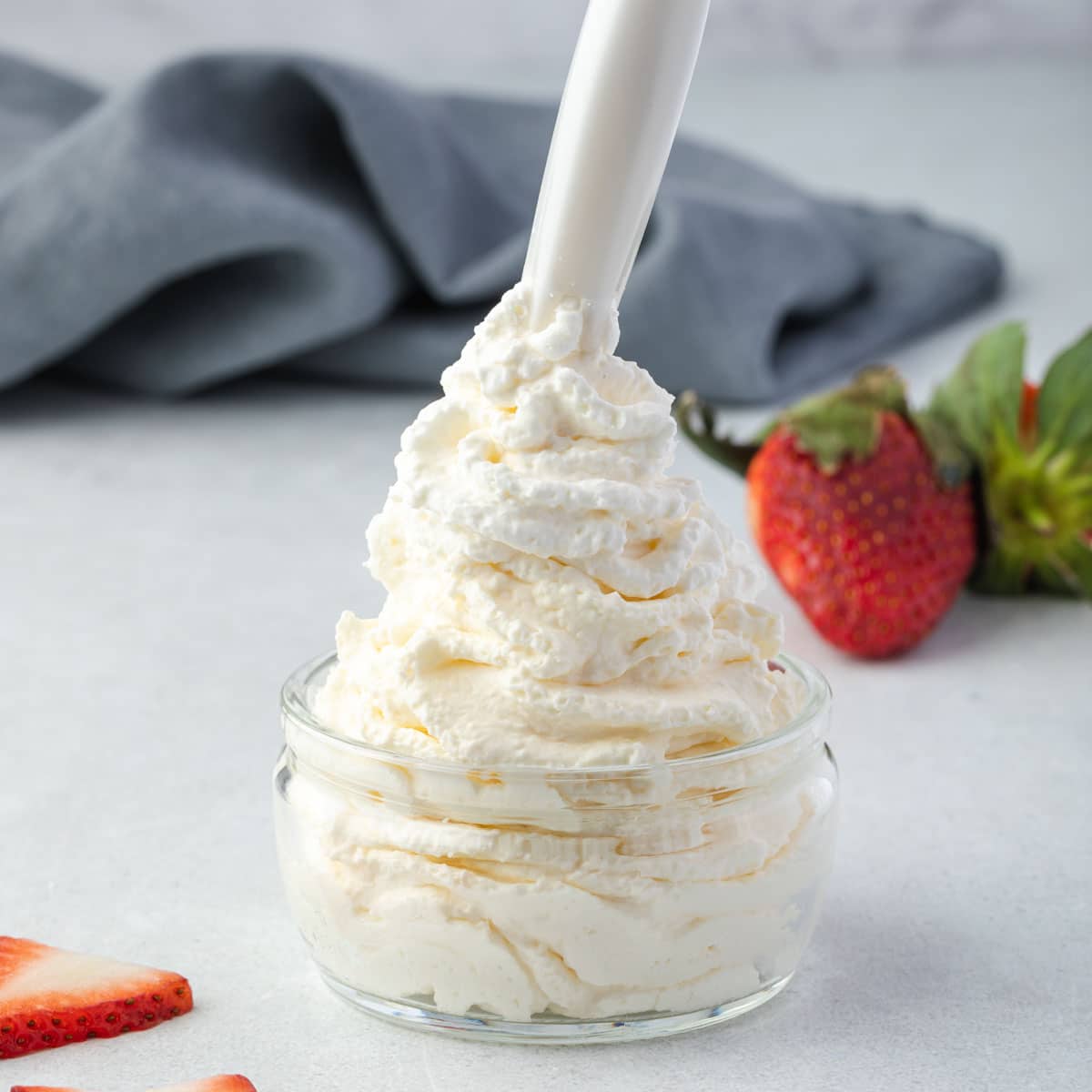

Articles
How To Store Whipped Cream
Modified: December 7, 2023
Learn how to store whipped cream properly with these informative articles. Keep your whipped cream fresh and fluffy for longer with these storage tips.
(Many of the links in this article redirect to a specific reviewed product. Your purchase of these products through affiliate links helps to generate commission for Storables.com, at no extra cost. Learn more)
Introduction
Welcome to the world of whipped cream – a heavenly dollop of creamy goodness that elevates desserts and beverages to new heights. Whether you are a baking enthusiast or simply love indulging in decadent treats, knowing how to properly store whipped cream is essential to maintain its texture, flavor, and freshness for longer periods of time.
Whipped cream is a delicate and perishable ingredient that requires proper care to prevent it from spoiling or losing its light and fluffy texture. In this article, we will explore the best practices for storing whipped cream, from refrigeration techniques to choosing the right containers and avoiding common pitfalls. So, let’s dive in and ensure that you always have a perfectly chilled dollop of whipped cream at your disposal!
Key Takeaways:
- Proper refrigeration and choosing the right container are crucial for maintaining the freshness and texture of whipped cream. Follow best practices to ensure it stays delightful for your indulgent creations.
- Avoid freezing whipped cream whenever possible, as it can compromise its texture and quality. Instead, focus on proper storage and reviving techniques to enjoy luscious, fluffy whipped cream.
Read more: How To Store Whipped Cream After Whipping
Proper Refrigeration
When it comes to storing whipped cream, refrigeration is key. Cold temperatures slow down the growth of bacteria and help maintain the stability of the cream. After whipping the cream, make sure to promptly refrigerate it to keep it fresh and safe to consume.
Ensure that your refrigerator is set at a temperature between 35°F and 40°F (1.6°C and 4.4°C). This range provides the ideal conditions to keep your whipped cream chilled without freezing it. Always store whipped cream on the middle or lower shelves of the refrigerator, away from raw meat and other foods that may have strong odors.
Additionally, it is important to cover the container holding the whipped cream. This helps prevent exposure to strong odors and potential contamination from other foods in the fridge. You can use plastic wrap or an airtight lid to seal the container and maintain the cream’s freshness.
Remember to return the whipped cream to the refrigerator as soon as you are done using it. Extended periods at room temperature can lead to spoilage, loss of texture, and even the growth of harmful bacteria. It is best to err on the side of caution and refrigerate the cream when you’re not actively using it.
Proper refrigeration plays a crucial role in preserving the quality of whipped cream. By keeping it at the right temperature and minimizing exposure to external factors, you can ensure that your whipped cream stays delightful and ready to be enjoyed.
Choosing the Right Container
Selecting the appropriate container for storing whipped cream is just as important as proper refrigeration. The right container will help maintain the cream’s texture and prevent any unwanted flavors or odors from seeping in.
When choosing a container, opt for one that is airtight and leak-proof. This will help retain the moisture and prevent your whipped cream from drying out or absorbing any unwanted odors from the refrigerator.
Glass or plastic containers with tight-fitting lids are excellent choices for storing whipped cream. Glass containers are non-reactive and do not absorb flavors or odors, ensuring that your whipped cream remains fresh and untainted. Plastic containers should be food-grade and free from any strong odors or residues that could transfer to the cream.
Avoid using containers with wide openings or those that allow too much air to circulate within. This can lead to air exposure, causing the cream to lose its texture and become runny. Instead, look for containers that are designed specifically for storing creams or sauces, as they often include a narrower opening or a secure sealing mechanism.
When transferring whipped cream into the chosen container, make sure to scoop it gently and avoid over-packing, as excessive pressure can cause the cream to deflate. Leave a little space at the top of the container to accommodate any expansion that may occur when stored in the refrigerator.
By selecting the right container, you can ensure that your whipped cream remains fresh, flavorful, and perfectly preserved for all your indulgent creations.
Best Storage Practices
Now that you know the importance of proper refrigeration and choosing the right container, let’s delve into some best practices for storing whipped cream to ensure its longevity and quality.
- 1. Use fresh ingredients: Start with fresh, high-quality heavy cream when making whipped cream. Fresh cream will have a longer shelf life and yield better results.
- 2. Whisk to stiff peaks: Whisk the heavy cream until it reaches stiff peaks before transferring it to a storage container. This will help maintain its texture and prevent it from deflating during storage.
- 3. Avoid sweetened whipped cream: It is recommended to store unsweetened whipped cream as sugar can cause it to break down and become watery over time.
- 4. Date your containers: To keep track of freshness, label storage containers with the date when the whipped cream was prepared or purchased.
- 5. Store in small portions: Instead of storing a large batch of whipped cream in a single container, divide it into smaller portions. This way, you can thaw and use only what you need, minimizing waste.
- 6. Use within a few days: Whipped cream is at its best within 2-3 days of preparation. Aim to consume it within this timeframe for the best flavor and quality.
- 7. Avoid cross-contamination: When scooping whipped cream from the container, use clean utensils to avoid introducing any contaminants that may cause spoilage.
By following these best practices, you can ensure that your whipped cream stays fresh, light, and luscious for as long as possible. Whether you’re topping a pie, frosting a cake, or adding a dollop to your morning coffee, properly storing your whipped cream will ensure a delightful and enjoyable experience every time.
Store whipped cream in an airtight container in the refrigerator for up to 3 days. To prevent it from deflating, place a piece of plastic wrap directly on the surface before sealing the container.
Avoid Freezing Whipped Cream
While freezing may seem like a convenient option for extending the shelf life of whipped cream, it is generally not recommended. Freezing can significantly alter the texture and quality of whipped cream, leading to a less than desirable experience when thawed.
When whipped cream freezes, the water content turns into ice crystals, which can cause the cream to become grainy and lose its smooth, fluffy texture. The emulsion of fat and water in whipped cream is delicate and can easily break down during the freezing and thawing process.
If you absolutely have to freeze whipped cream, there are a few considerations to keep in mind:
- 1. Opt for stabilized whipped cream: Stabilized whipped cream, which includes ingredients like gelatin or cornstarch, has a better chance of retaining its texture when frozen and thawed. However, it still may not be as fluffy and light as freshly whipped cream.
- 2. Freeze in individual portions: Instead of freezing the entire container of whipped cream, divide it into individual portions. This way, you can thaw only what you need without repeatedly freezing and thawing the entire batch.
- 3. Proper packaging: Use airtight containers or freezer bags to prevent freezer burn and the absorption of unwanted odors. Squeeze out any excess air to minimize ice crystal formation.
- 4. Thawing process: When it’s time to use the frozen whipped cream, transfer it to the refrigerator and allow it to thaw slowly. Avoid using heat or microwaving, as this can cause the cream to separate and lose its structure.
- 5. Consume promptly: Once thawed, use the whipped cream as soon as possible. Refreezing or keeping it in the refrigerator for an extended period can further degrade its texture and flavor.
It’s worth noting that freezing whipped cream is not recommended for topping desserts or drinks. The texture, appearance, and taste may be compromised, resulting in a less enjoyable dining experience. It is best to whip up a fresh batch or use alternative options for frozen desserts or longer-term storage needs.
By avoiding the freezing of whipped cream whenever possible, you can ensure that it retains its quintessential light and fluffy texture, enhancing your culinary creations and satisfying your taste buds to the fullest.
Read more: How To Store Whipping Cream
How Long Can Whipped Cream Be Stored?
The shelf life of whipped cream depends on various factors such as the freshness of the ingredients, storage conditions, and whether any stabilizers were used during preparation. Generally, freshly whipped cream can be stored in the refrigerator for up to 2-3 days.
It is important to note that whipped cream is a perishable product and should be treated as such. Over time, the cream can break down, leading to a loss of texture, flavor, and overall quality. It is always best to consume whipped cream as soon as possible for the most enjoyable experience.
However, if you have leftover whipped cream that you would like to store for longer, you can consider stabilizing it with ingredients such as gelatin or cornstarch. Stabilized whipped cream tends to have a slightly longer shelf life and can be stored in the refrigerator for up to 4-5 days.
Remember to always use your discretion and trust your senses when determining the quality and freshness of whipped cream. If it appears discolored, has an off odor, or has a significantly altered texture, it is best to discard it to avoid any potential health risks.
Additionally, it is worth mentioning that whipped cream is not suitable for freezing unless it has been specifically prepared with stabilizers. Freezing can negatively impact the texture and quality of whipped cream, resulting in a less than desirable experience when thawed.
To make the most of your whipped cream and ensure its optimal freshness and quality, it is best to prepare it in smaller quantities that can be used within a few days. This way, you can enjoy the light, airy texture and delightful flavor that whipped cream brings to your desserts and beverages.
Tips for Reviving Whipped Cream
Have you ever opened your refrigerator to find that your whipped cream has started to lose its fluffiness or has become slightly deflated? Don’t worry, there are a few simple steps you can take to revive it and bring it back to its original luscious state. Here are some helpful tips:
- 1. Re-whip: Transfer the whipped cream to a mixing bowl and use a whisk or electric mixer to re-whip it. Whip on medium speed until the cream starts to thicken and form stiff peaks. Be careful not to overwhip, as it can cause the cream to become grainy or butter-like.
- 2. Add a stabilizer: If your whipped cream consistently loses its texture or deflates quickly, you can add a stabilizer such as gelatin or cornstarch during the whipping process. This can help the cream maintain its structure and stay fluffy for a longer period of time.
- 3. Chill before whipping: If the room temperature is warm or your cream is not as cold as it should be, consider chilling the cream and the utensils you’re using for whipping in the refrigerator for about 15 minutes before re-whipping. Cold temperatures aid in achieving a better whip.
- 4. Avoid overmixing: When re-whipping cream, be cautious not to overmix. Overmixing can cause the fat content to separate from the liquid, resulting in a grainy texture. Stop whipping once the cream forms stiff peaks.
- 5. Sweeten before re-whipping: If you want to add sweetener to your whipped cream, do so before re-whipping. Adding sugar or flavorings after re-whipping can cause the cream to become watery.
- 6. Use immediately: Once you have revived your whipped cream, it is best to use it right away. Delaying its consumption can still lead to deflation or a loss of texture. Enjoy it on your dessert or in your coffee for the best experience.
By following these tips, you can breathe new life into your deflated whipped cream and enjoy its light and fluffy texture once again. Remember, the key is to be gentle and avoid overmixing, while ensuring that the cream is properly chilled and stabilized if needed. With a little effort and these helpful tricks, you can revive your whipped cream and continue to savor its delightful taste.
Conclusion
Properly storing whipped cream is essential for preserving its texture, flavor, and overall quality. By following the guidelines outlined in this article, you can ensure that your whipped cream stays fresh and delightful for as long as possible.
Remember to refrigerate your whipped cream promptly and at the appropriate temperature range to inhibit bacterial growth and maintain its stability. Choosing the right container, such as airtight glass or plastic, helps protect the cream from odors and maintain its freshness.
Adhering to best storage practices, including using fresh ingredients, portioning out smaller quantities, and avoiding cross-contamination, will further prolong the shelf life of your whipped cream. However, it is always recommended to consume whipped cream within 2-3 days for optimal flavor and texture.
Avoid freezing whipped cream unless it has been stabilized with ingredients like gelatin or cornstarch. Freezing can negatively impact the cream’s texture, resulting in a less satisfying experience upon thawing.
If you ever find your whipped cream losing its fluffiness, re-whipping it with care can help revive it. Remember not to overmix and to chill the cream and utensils beforehand for a better outcome.
In conclusion, proper storage and handling of whipped cream are essential for maintaining its quality and ensuring a delightful experience. By following these guidelines, you can enjoy heavenly dollops of whipped cream on your favorite desserts, beverages, or just savor it on its own, knowing that you have preserved it to its fullest potential.
Frequently Asked Questions about How To Store Whipped Cream
Was this page helpful?
At Storables.com, we guarantee accurate and reliable information. Our content, validated by Expert Board Contributors, is crafted following stringent Editorial Policies. We're committed to providing you with well-researched, expert-backed insights for all your informational needs.
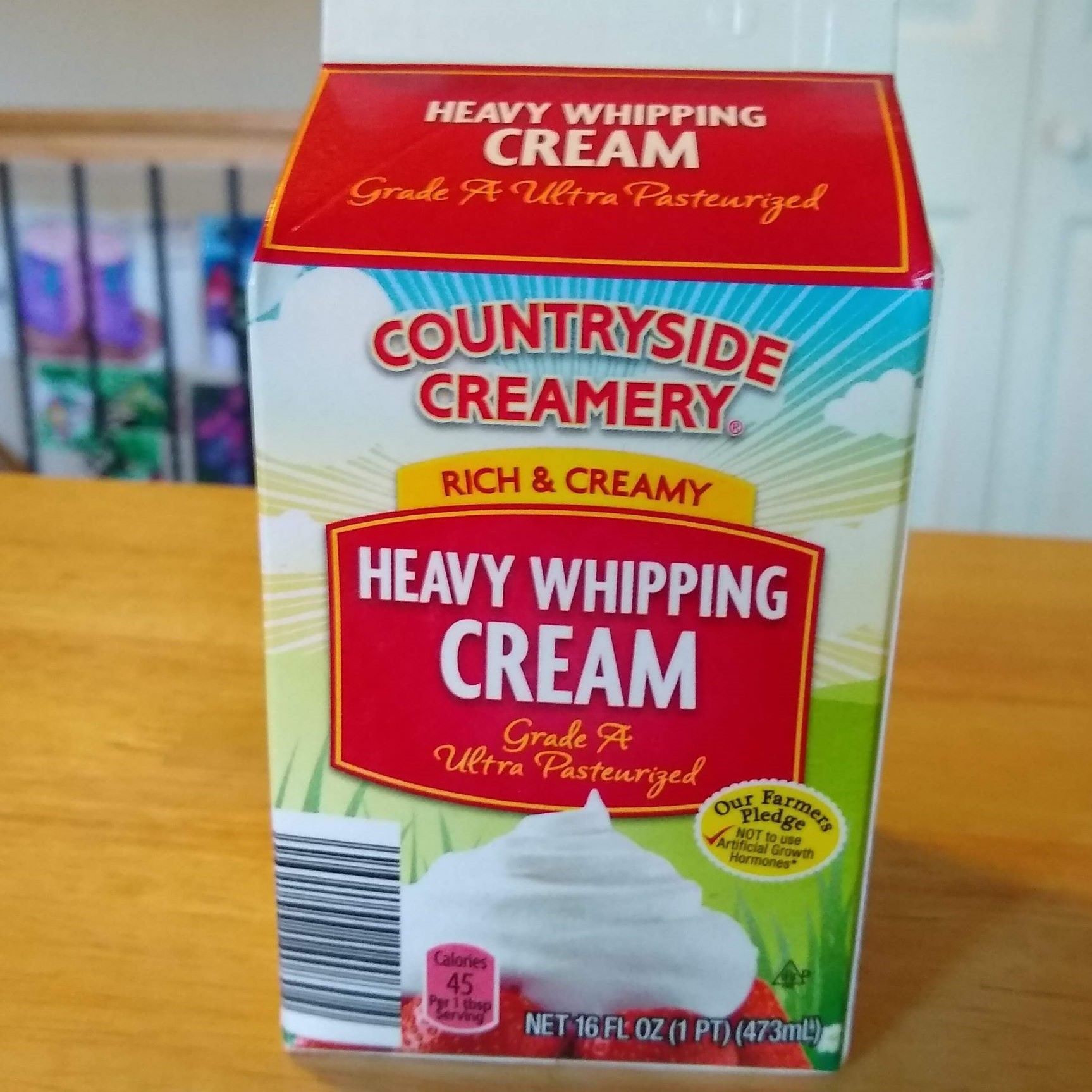
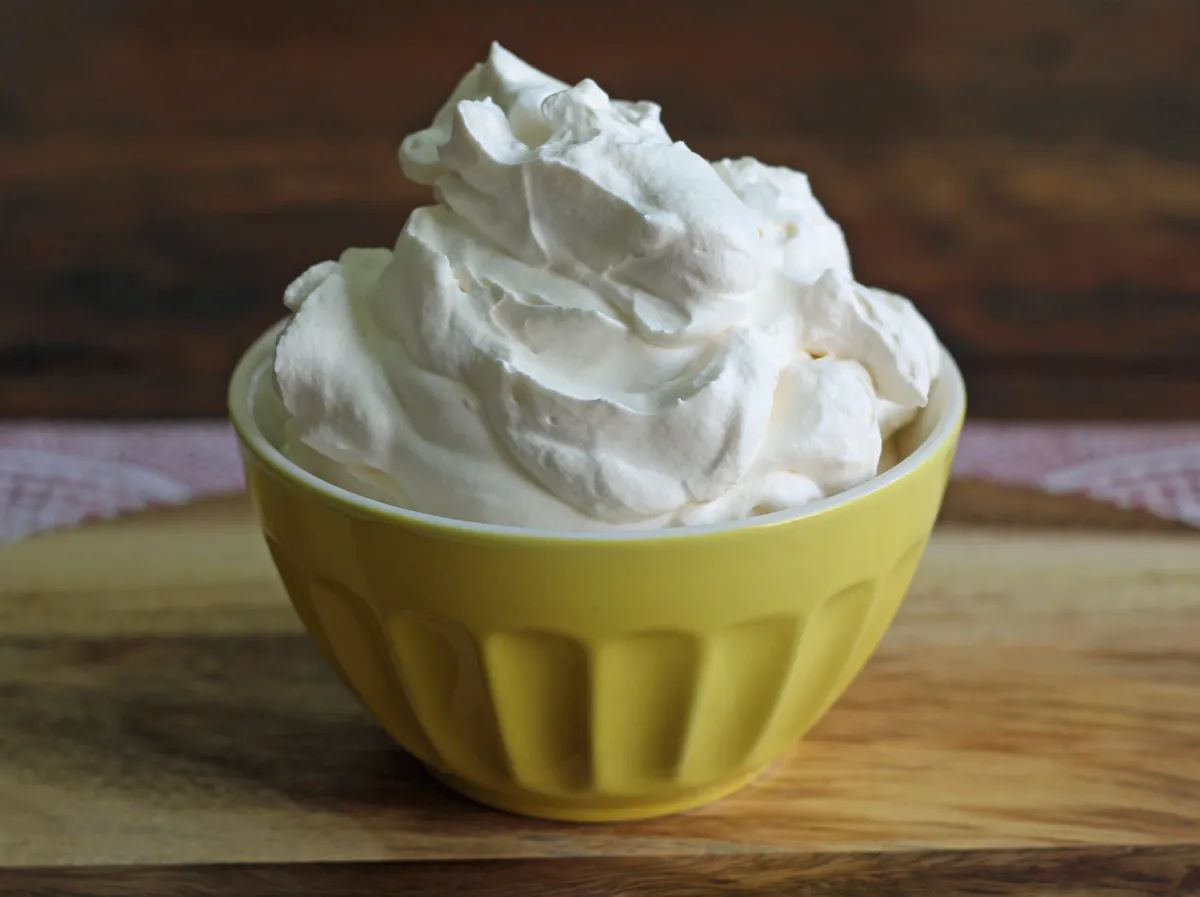
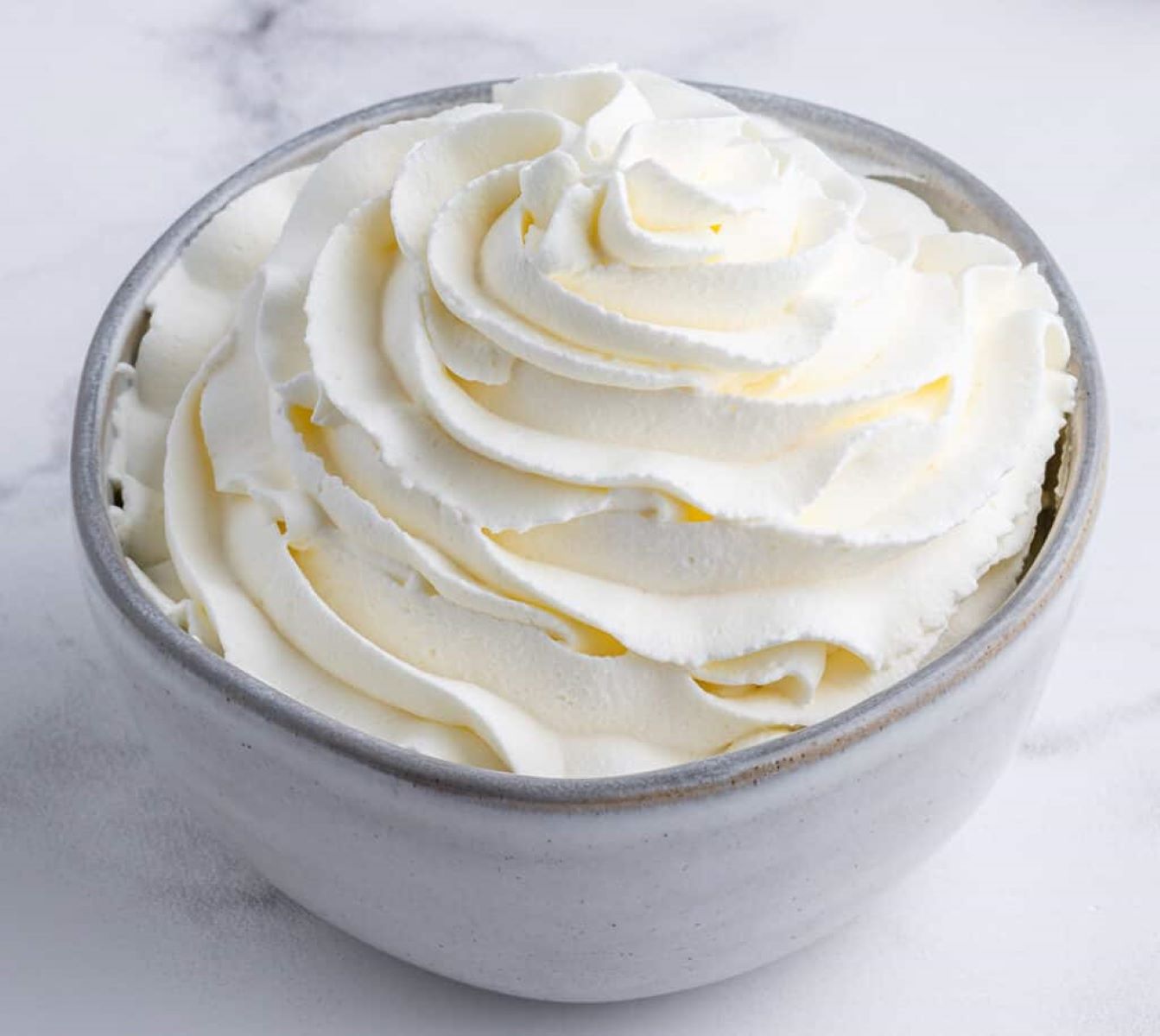
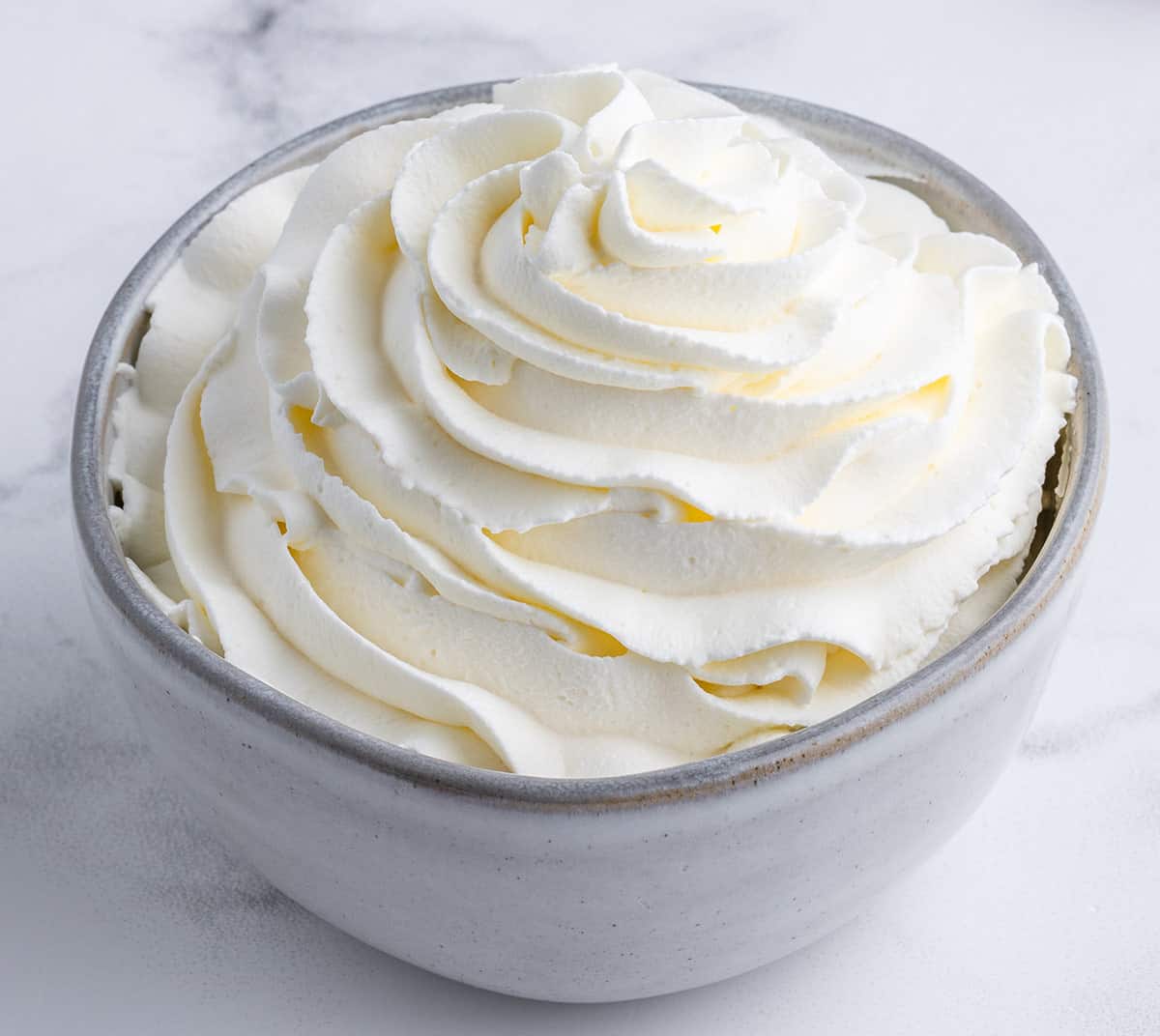
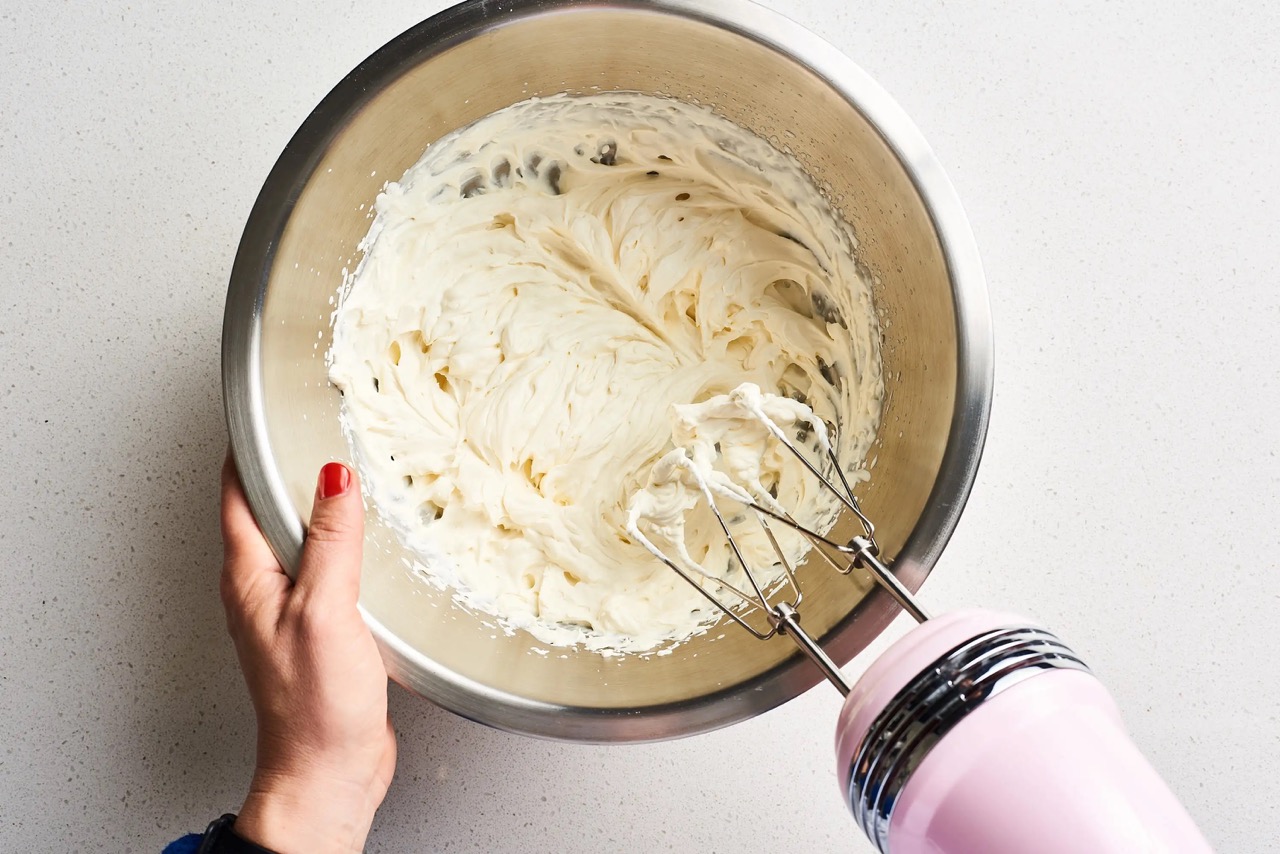
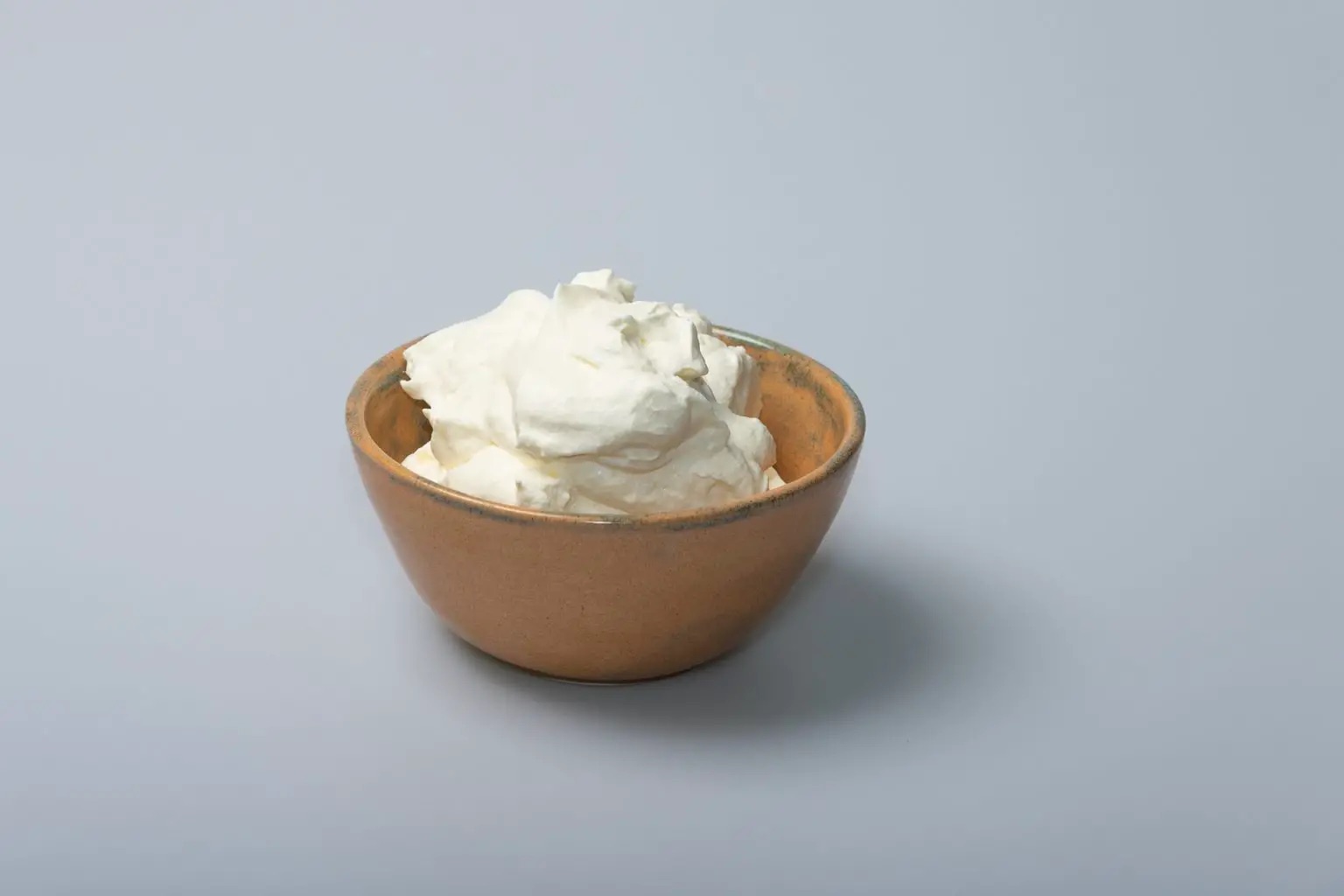
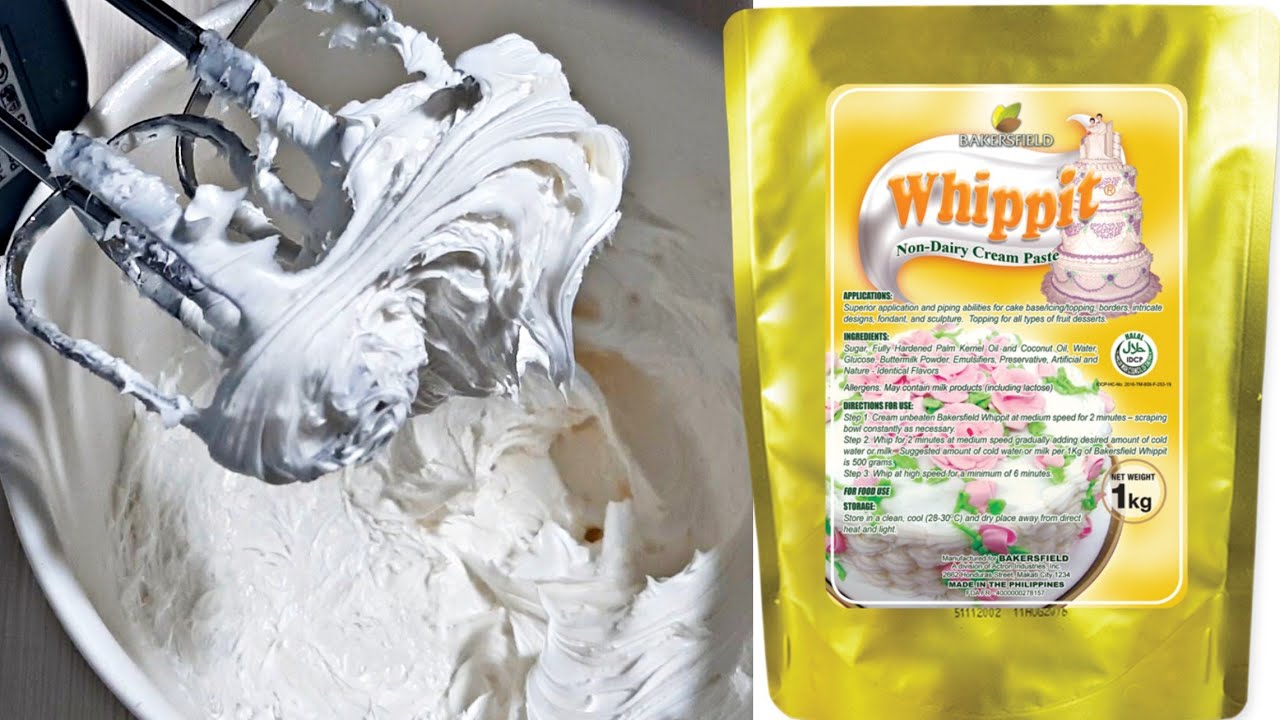
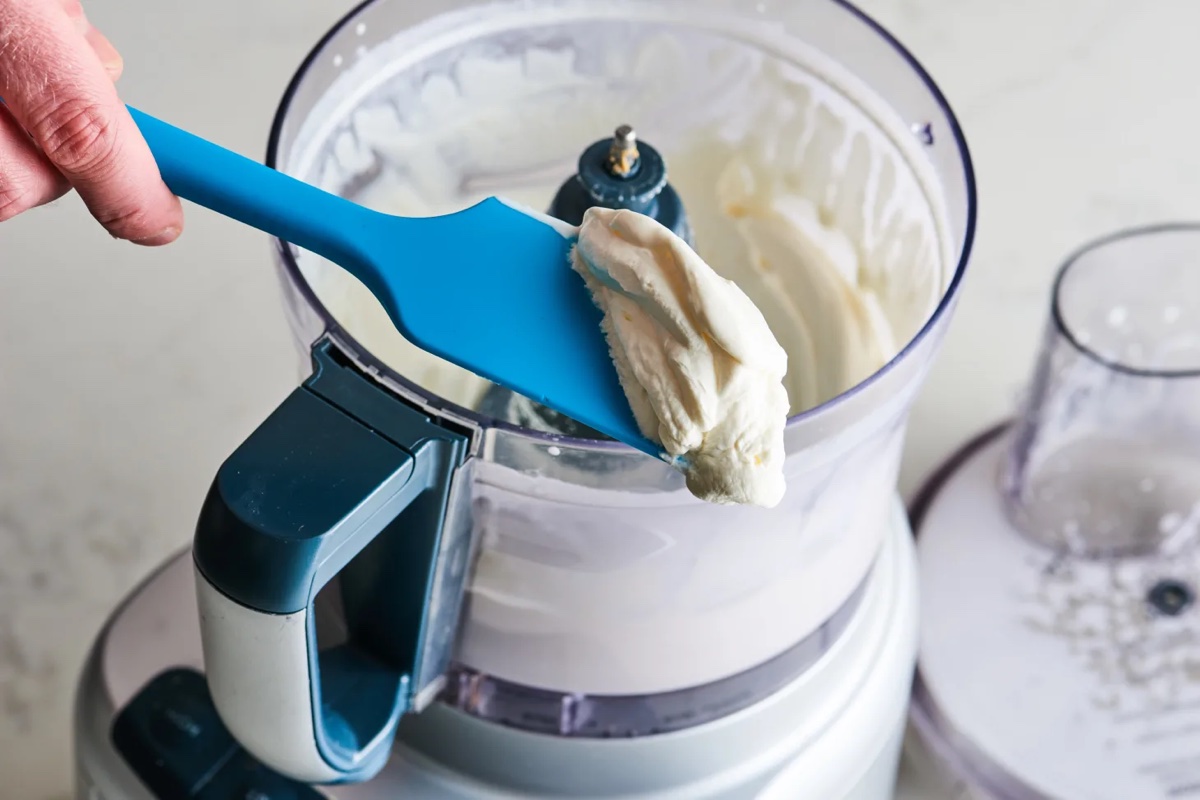
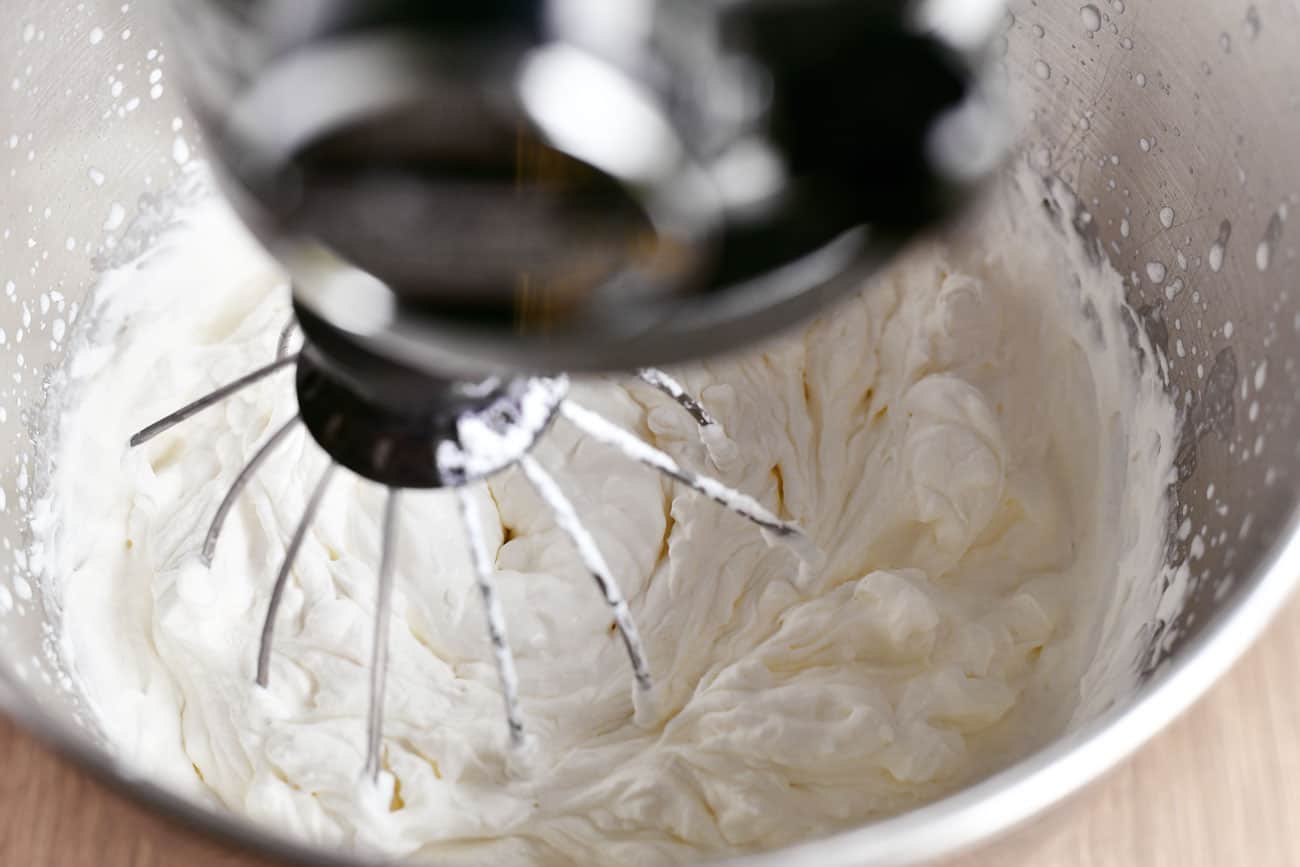
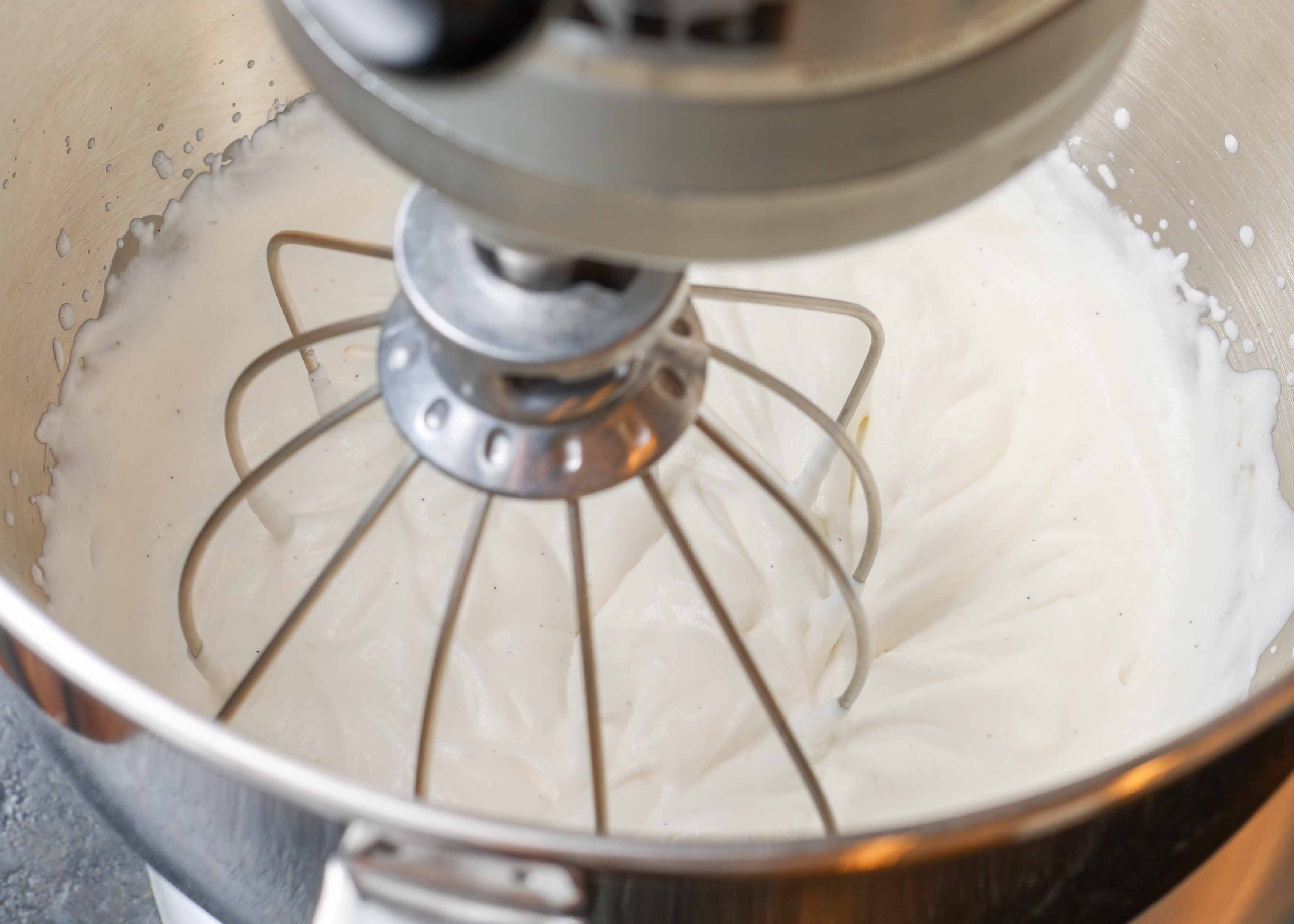
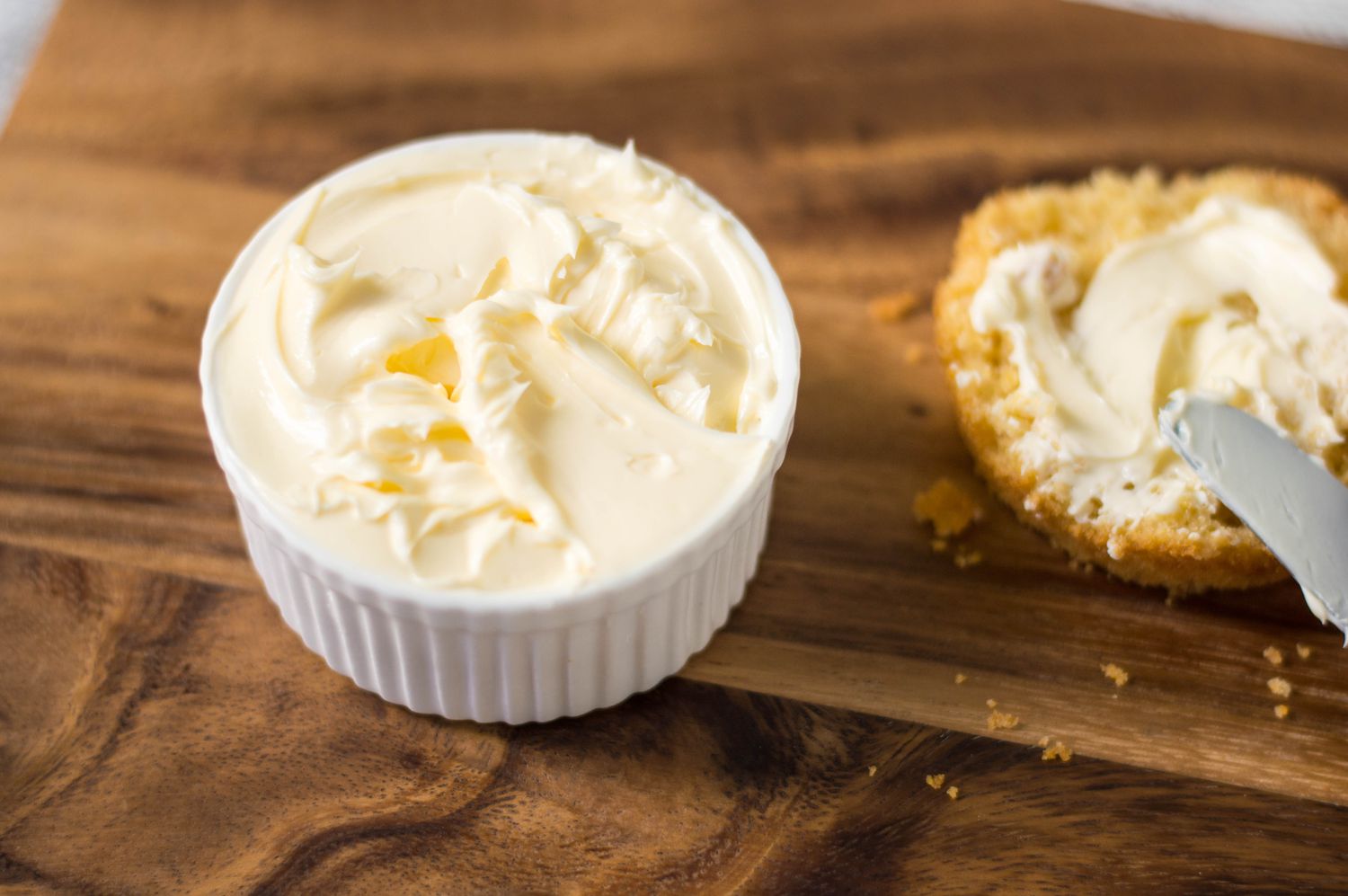
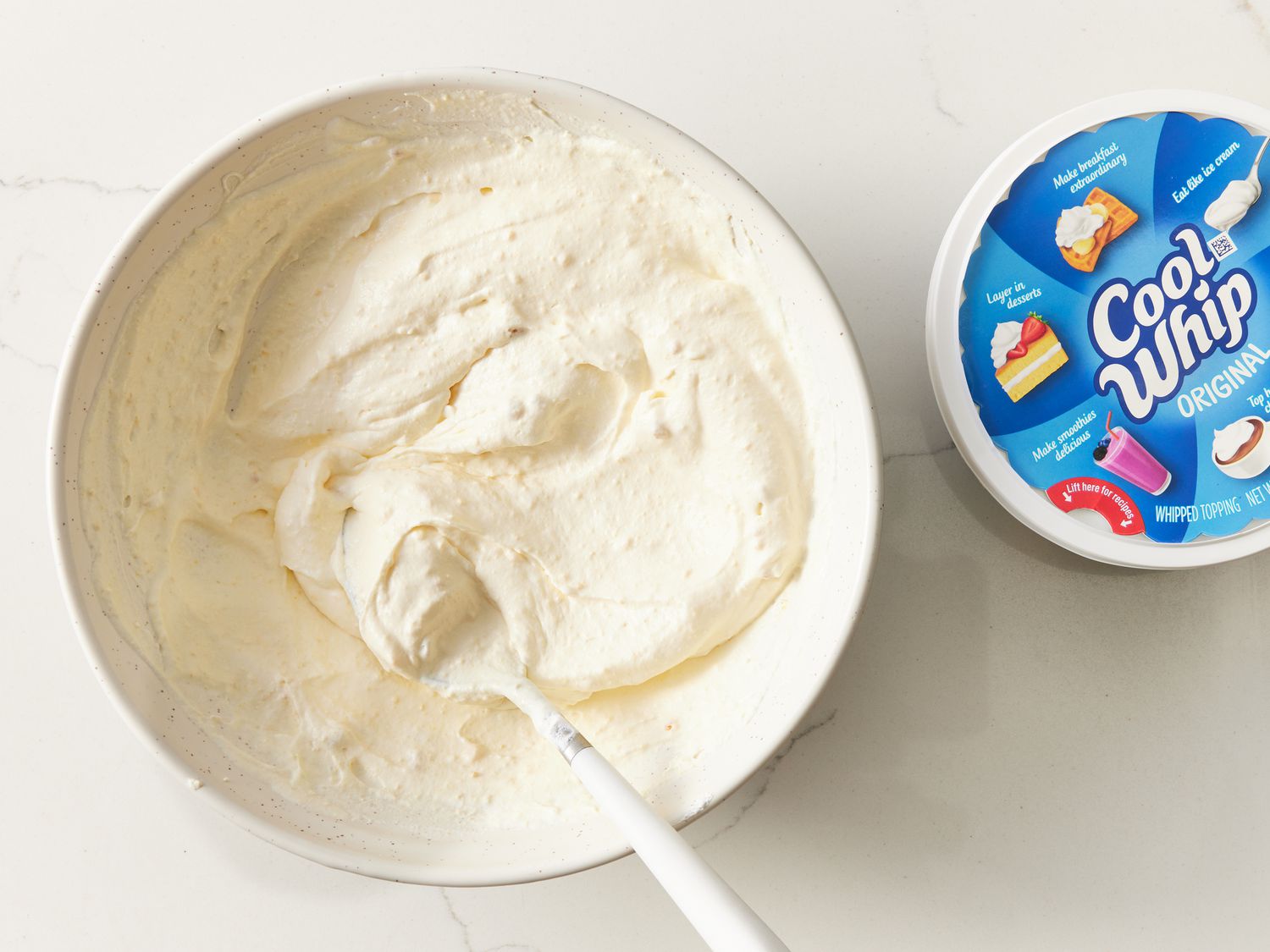
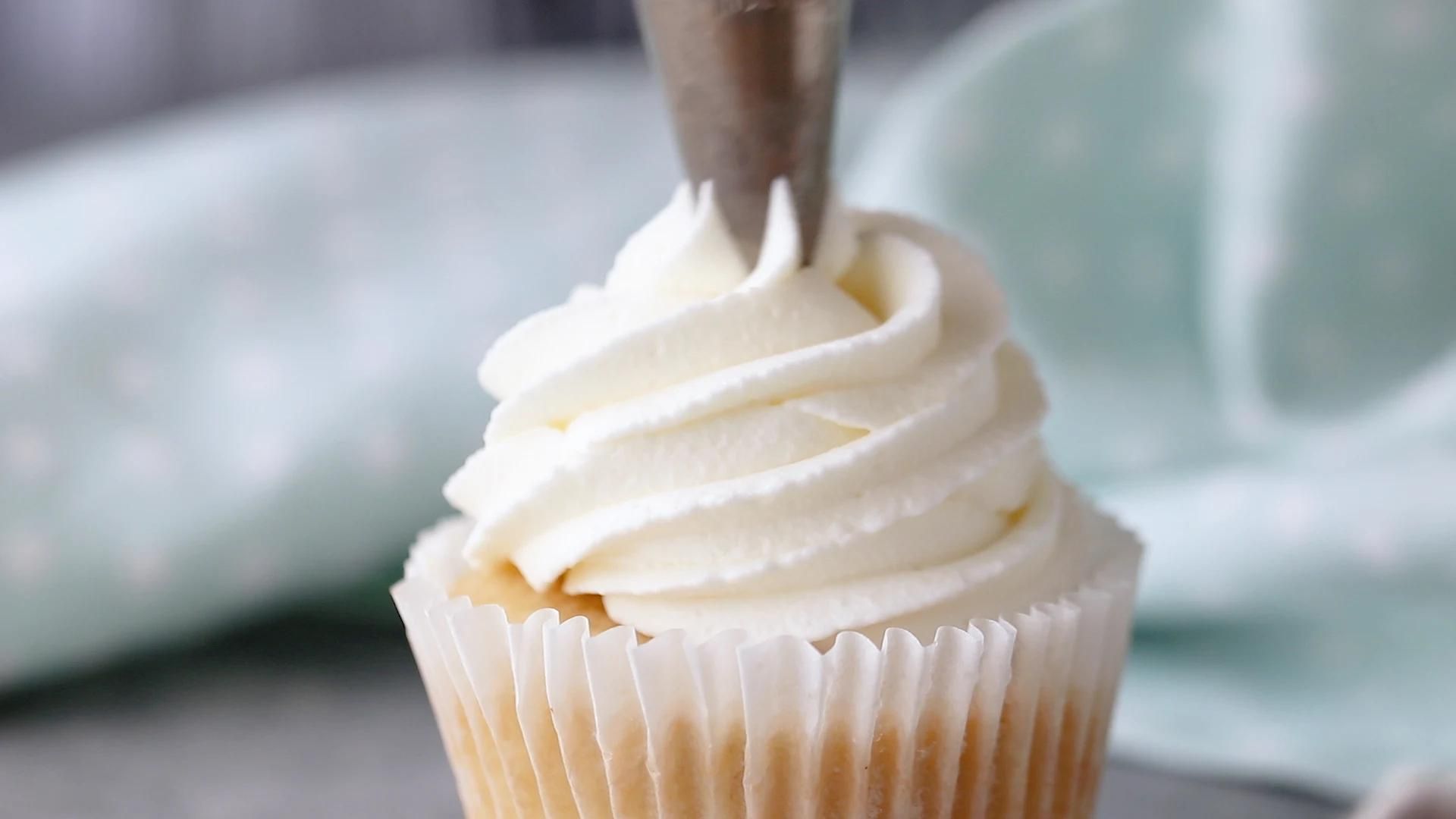


0 thoughts on “How To Store Whipped Cream”